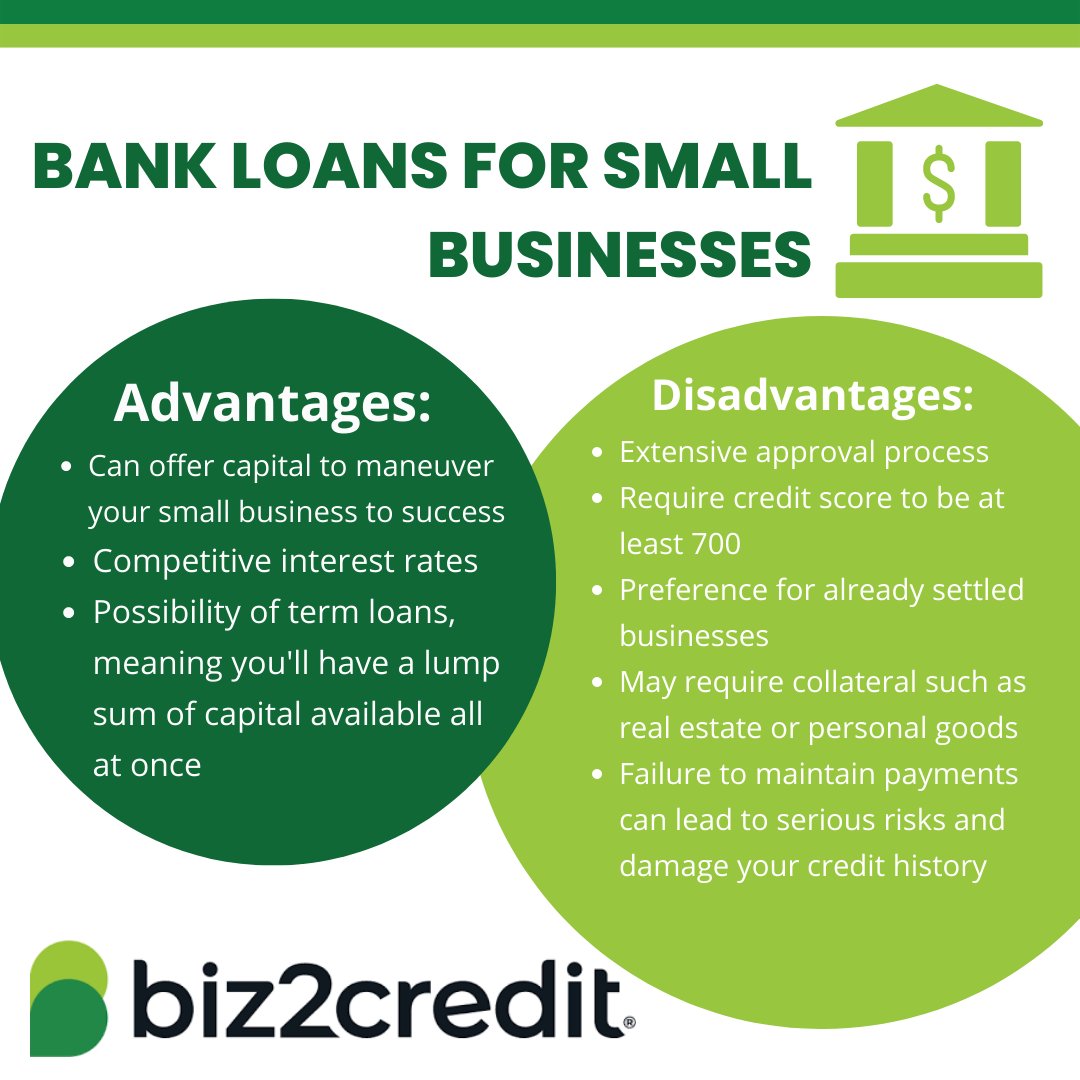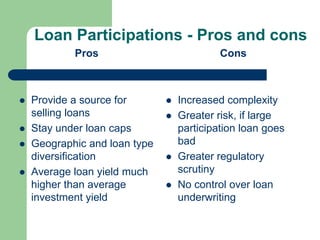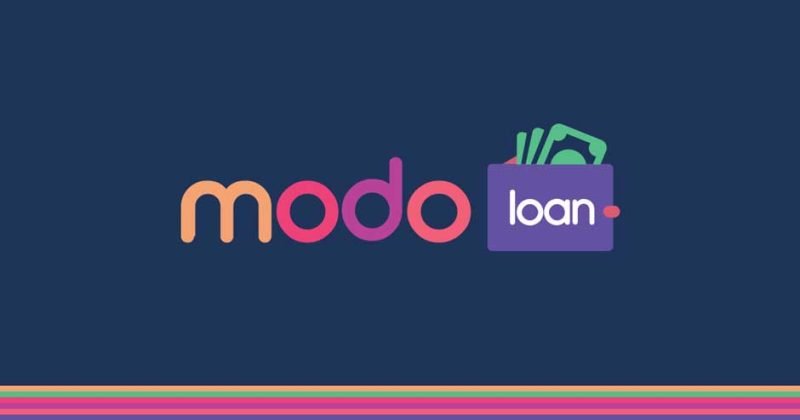When it comes to funding options for businesses, Modo Loan is often considered a popular alternative. However, it’s important to explore all the available options before making a decision. In this blog section, we will provide a brief overview of Modo Loan and discuss its pros and cons. Additionally, we will explore alternative lending options that you can consider as well.
Brief overview of Modo Loan and alternative lending options
Modo Loan is a lending platform that offers quick and convenient access to small business loans. It boasts a streamlined application process and competitive interest rates. However, it’s essential to evaluate the pros and cons before committing to Modo Loan or any other financing option.
Alternative lending options such as traditional banks, credit unions, and online lenders offer their own advantages and disadvantages. Traditional banks offer stability and potentially lower interest rates, but they often have stringent requirements and lengthy approval processes. Online lenders provide quick access to funds, but their interest rates may be higher.
Exploring multiple lending options will enable you to assess which one aligns best with your business’s unique needs, financial situation, and long-term goals. It’s crucial to carefully consider the pros and cons of each option before making a well-informed decision.

Traditional Bank Loans
Pros of traditional bank loans
Traditional bank loans have been a long-standing option for businesses seeking funding. Here are some advantages of choosing traditional bank loans as an alternative to Modo Loan:
- Lower interest rates: One of the major benefits of traditional bank loans is the potential for lower interest rates compared to other lending options. This can help save on overall borrowing costs.
- Established reputation: Traditional banks have a long history and established reputation, which can provide a sense of stability and trust to borrowers. Their experience and knowledge make them a reliable source of funding.
- Flexible terms: Traditional bank loans often offer more flexible repayment terms. This can include longer loan durations and the ability to negotiate repayment schedules that align with your business’s cash flow.
Cons of traditional bank loans
While traditional bank loans have their advantages, it’s important to be aware of the potential drawbacks:
- Stringent requirements: Traditional banks typically have strict eligibility criteria. They may require extensive documentation, strong credit history, and collateral, which can make it challenging for some businesses to qualify.
- Lengthy approval process: Compared to alternative lending options, traditional bank loans often involve a lengthy approval process. It can take weeks or even months to get the funds, which may not be ideal for businesses looking for quick funding.
- Less flexibility for startups: Traditional banks may be less willing to take on high-risk ventures or startups without a proven track record. This can make it difficult for newer businesses to secure funding through this avenue.
It’s important to carefully weigh the pros and cons of traditional bank loans and consider how they align with your business’s unique needs and goals before making a financing decision.

Online Lending Platforms
Pros of online lending platforms
As an entrepreneur or business owner, exploring alternative financing options like online lending platforms can offer numerous advantages. Firstly, online lending platforms often provide faster and more convenient access to funds. The application process is typically streamlined and can be completed online, saving you time and effort. Additionally, these platforms tend to have more relaxed eligibility criteria compared to traditional banks, making them more accessible for businesses with limited credit history or collateral. Furthermore, online lending platforms often offer competitive interest rates, and some even specialize in small business loans, catering specifically to the needs of entrepreneurs.
Cons of online lending platforms
While online lending platforms have their benefits, it’s important to consider the potential drawbacks. These platforms may have higher interest rates compared to traditional banks, especially for businesses with less established credit profiles. Additionally, the lack of face-to-face interaction can make it difficult to establish a personal relationship with the lender. This may limit your ability to negotiate terms and receive tailored financial advice. Furthermore, the sheer number of online lending platforms available can make it challenging to choose a reputable one, requiring thorough research and due diligence.
In summary, online lending platforms offer convenience, accessibility, and competitive rates, but it’s crucial to carefully evaluate the pros and cons to determine if they align with your specific funding needs and preferences.
Peer-to-Peer Lending
Pros of peer-to-peer lending
As an entrepreneur or business owner, exploring alternative financing options like peer-to-peer lending can offer numerous advantages. Firstly, peer-to-peer lending platforms often provide faster access to funds compared to traditional banks. The application process is streamlined, and funding decisions can be made quickly, saving you time and enabling you to seize opportunities promptly. Additionally, peer-to-peer lending platforms tend to have more relaxed eligibility criteria, making them accessible for businesses with limited credit history or collateral. This can be a game-changer for startups or small businesses looking for funding options. Moreover, peer-to-peer lending platforms offer competitive interest rates, potentially leading to significant cost savings compared to traditional loan options.
Cons of peer-to-peer lending
While peer-to-peer lending has its benefits, it’s important to consider the potential drawbacks. One disadvantage is the higher interest rates compared to traditional banks. Due to the nature of peer-to-peer lending, where individuals or groups invest in your loan, the interest rates offered may be higher to compensate for the perceived risk. Additionally, the lack of personal interaction with a traditional bank can be seen as a downside for some businesses. Some entrepreneurs prefer the expertise, advice, and support a traditional bank can provide, which may not be as readily available in peer-to-peer lending platforms. Lastly, it’s essential to thoroughly research and choose a reputable peer-to-peer lending platform, as there may be untrustworthy or fraudulent platforms in the market. Due diligence is key to protecting your business and ensuring a positive lending experience.
In summary, peer-to-peer lending offers faster access to funds, relaxed eligibility criteria, and potentially competitive interest rates. However, it’s crucial to carefully evaluate the interest rates, lack of personal interaction, and ensure you are working with a reputable platform that aligns with your funding needs and preferences.

Credit Unions
Pros of credit unions
As a successful entrepreneur, I have found that credit unions can offer several advantages as a financing option. Firstly, credit unions often provide competitive interest rates on loans, which can result in significant cost savings for businesses. Additionally, credit unions are known for their personalized service and member-centric approach. Unlike traditional banks, credit unions prioritize the needs of their members, often offering more flexible loan terms and repayment options. This level of personalized attention can be invaluable when seeking financing for your business. Lastly, credit unions are typically more accessible and have fewer strict eligibility criteria compared to big banks, making them an attractive alternative for startups or businesses with limited credit history or collateral.
Cons of credit unions
While credit unions offer many advantages, it’s essential to consider a few potential drawbacks. One downside is that credit unions may have limited branch networks and ATMs compared to big banks, which could be inconvenient for businesses operating in multiple locations. Additionally, credit unions may have stricter membership requirements, often requiring individuals or businesses to meet specific criteria to become members. This exclusiveness can limit the options available to some entrepreneurs. Lastly, credit unions may not have the same range of financial products and services as larger banks, which could be a disadvantage for businesses seeking diverse banking solutions.
In conclusion, credit unions offer competitive interest rates, personalized service, and accessibility. However, it’s essential to evaluate factors like branch availability, membership requirements, and the range of services offered to determine if a credit union is the right financing option for your business.

Conclusion
After evaluating the pros and cons of Modo Loan alternatives, it is clear that there are both advantages and disadvantages to consider when exploring financing options for your business. It is crucial to weigh these factors carefully to make an informed decision that aligns with your business’s needs and goals.
Summary of Pros and Cons of Modo Loan Alternatives
The alternative lending options, such as credit unions, offer competitive interest rates, personalized service, and accessibility. These advantages can result in cost savings, flexible loan terms, and convenient access to financing. However, it is important to take into account the potential drawbacks. Credit unions may have limited branch networks and stricter membership requirements. Additionally, they may not offer the same range of financial products and services as larger banks.
Final Thoughts and Considerations
When considering Modo Loan alternatives, it is recommended to thoroughly assess your business’s specific needs, geographical reach, and long-term goals. Evaluate the pros and cons of each financing option and consider how they align with your business’s financial requirements. Remember to explore multiple alternatives and consult with financial advisors or professionals to make the best decision for your business’s growth and sustainability.

seeesan is a passionate finance writer who specializes in creating in-depth reviews, comparisons, and guides focused on loans, credit cards, banks, and other financial products.
With over 7 years experience analyzing the fine print and key details that matter most to consumers, seeesan founded Loans Reviewer as the premier destination for straightforward analysis on all things loans and lending. Site also covers adjacent personal finance topics that equip readers to maximize savings and make smarter borrowing choices.
Drawing on a background in financial risk analysis and consumer research, seeesan takes pride in demystifying complex money matters through educational, easy to digest writing. Strongly believes financial literacy and transparency drive better decision making.







